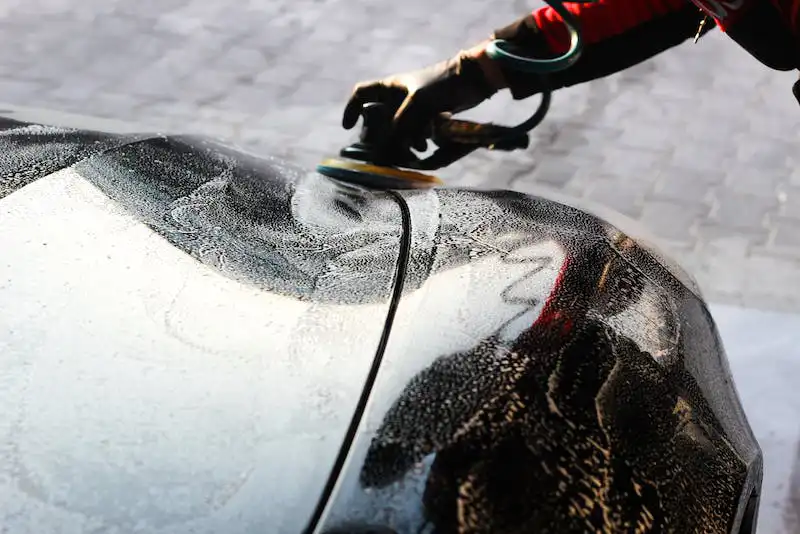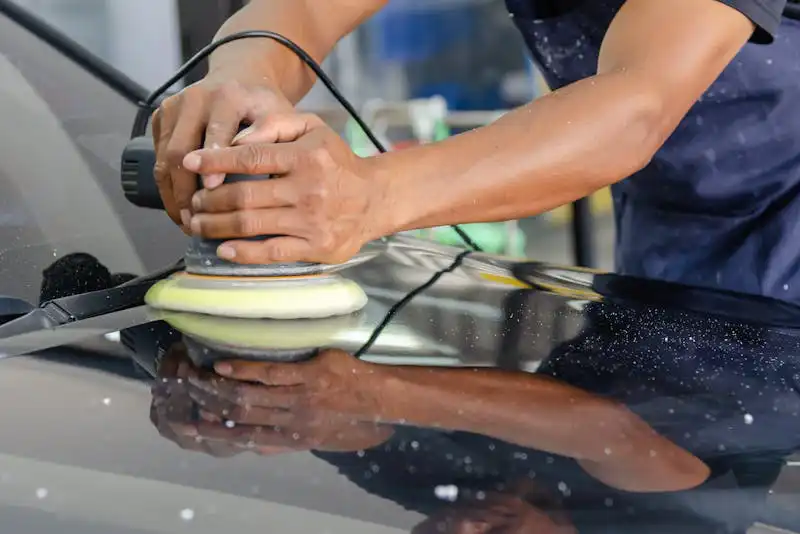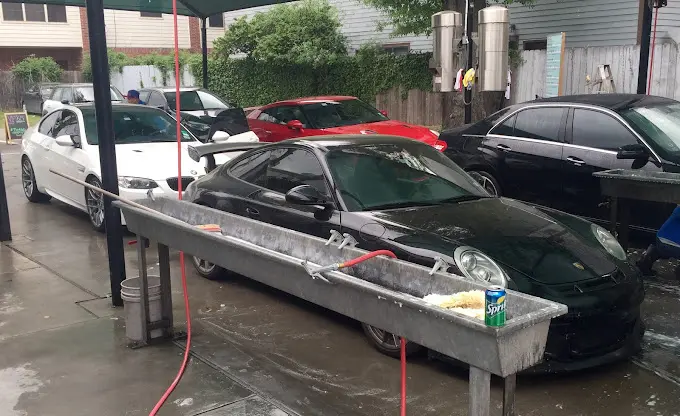Discover the Best No-Appointment Car Wash in Montrose
In today’s fast-paced world, maintaining your vehicle’s pristine condition can be challenging. For car enthusiasts and busy professionals alike, a reliable and high-quality car wash service is essential. Welcome to Aqua Hand Car Wash Montrose, where we offer premium car care with unparalleled convenience—no appointment necessary. In this blog post, we will explore the exceptional services provided by Aqua Hand Car Wash Montrose, emphasizing our commitment to quality and customer satisfaction. The Aqua Hand Car Wash Montrose Difference At Aqua Hand Car Wash Montrose, we pride ourselves on delivering top-notch car washing and detailing services. Here’s what sets us apart: High-Quality Hand Wash Our expert team provides a meticulous hand wash that ensures every inch of your vehicle is clean and shiny. Our attention to detail and use of the finest products guarantee a superior finish that automated car washes can’t match. Expertise and Experience: Our team members are trained professionals with years of experience in car care. They know how to handle different types of vehicles and various paint finishes, ensuring that your car receives the best possible treatment. Specialized Tools and Techniques: We use specialized tools and techniques to clean hard-to-reach areas and ensure that no spot is left untouched. This includes the use of soft microfiber mitts, two-bucket washing methods, and gentle scrubbing to prevent any scratches or swirls on your car’s paint. Our high-quality hand wash is a perfect solution for those who want a thorough clean without risking any damage to their vehicle’s exterior. Comprehensive Detailing Services For those looking to restore their vehicle’s showroom shine, our comprehensive detailing services are second to none. We offer: Interior Detailing: Our interior detailing services go beyond just cleaning. We focus on revitalizing every part of your car’s interior. This includes deep cleaning of carpets and upholstery, conditioning of leather seats, and meticulous cleaning of all surfaces to remove dust, grime, and odors. Your car’s interior will look and feel like new, providing a more comfortable and pleasant driving experience. Exterior Detailing: Our exterior detailing services are designed to protect and enhance your car’s paint. The clay bar treatment removes contaminants that washing alone can’t handle, while polishing restores the paint’s shine. Our waxing and sealant application provides a protective layer that guards against environmental damage. These services ensure that your car’s exterior remains vibrant and protected from the elements. Convenience Without Compromise We understand that your time […]
Discover the Best No-Appointment Car Wash in Montrose Read More »











